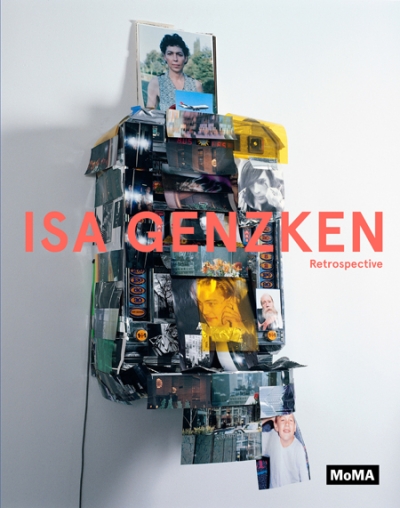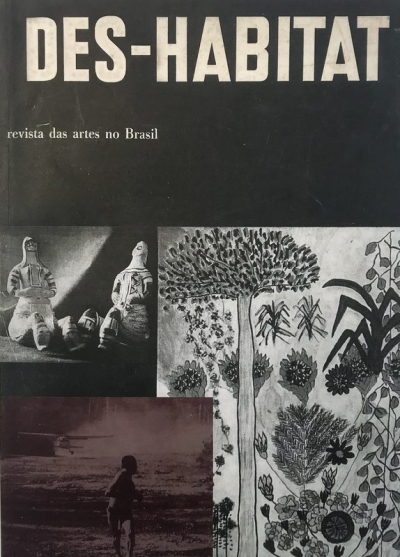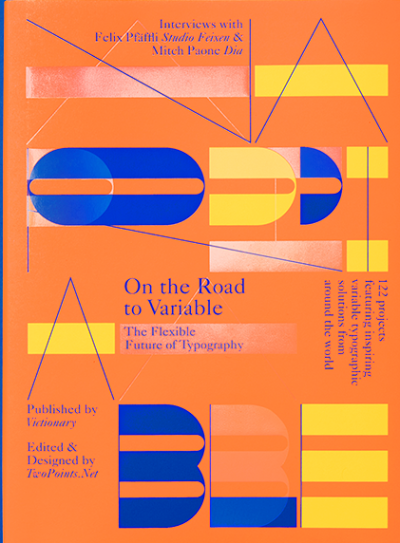
Isa Genzken. Retrospective
Dedicated to Jasper Johns and Myself
Published by The Museum of Modern Art, New York
Text by Sabine Breitwieser, Laura Hoptman, Michael Darling, Jeffrey Grove, Lisa Lee.
Isa Genzken is arguably one of the most important and influential female artists of the past 30 years, yet the breadth of her achievement--which spans sculptures, paintings, photographs, collages, drawings, artist’s books, films, installations and public works--is still largely unknown in the United States. Published in conjunction with the first comprehensive retrospective of the artist’s epically diverse body of work, this publication encompasses Genzken’s work in all media over the past 40 years and is the most complete monograph on the artist available in English. Genzken has been part of the artistic discourse since she began exhibiting in the mid-1970s, but over the last decade a new generation of artists has been inspired by her radical inventiveness. The past ten years have been particularly productive for Genzken, who has created several bodies of work that have redefined assemblage for a new era. The catalogue presents Genzken’s career, through essays exploring the unfolding of her practice from 1973 until today, as well as an expansive plate section that provides a chronological overview of all her most important bodies of work and key exhibitions.
Born in Germany in 1948, Isa Genzken is one of Germany’s most important living artists. In the mid-1970s, as a student at Düsseldorf’s renowned Kunstakademie, she created geometric wood sculptures, which gained her early international acclaim (she exhibited these works at Documenta 7 and the Venice Biennale in 1982). Since then, she has made sculptures in plaster, concrete and epoxy resin. Ranging in size from maquettes to monumental, these abstract works are influenced by Minimalism, but are decidedly narrative. Paintings that examine ideas of surface and light, as well as photographs, collages, artist’s books and films, followed in the 1990s. From the late 90s on, Genzken began to create increasingly complex sculptural installations.

































































































